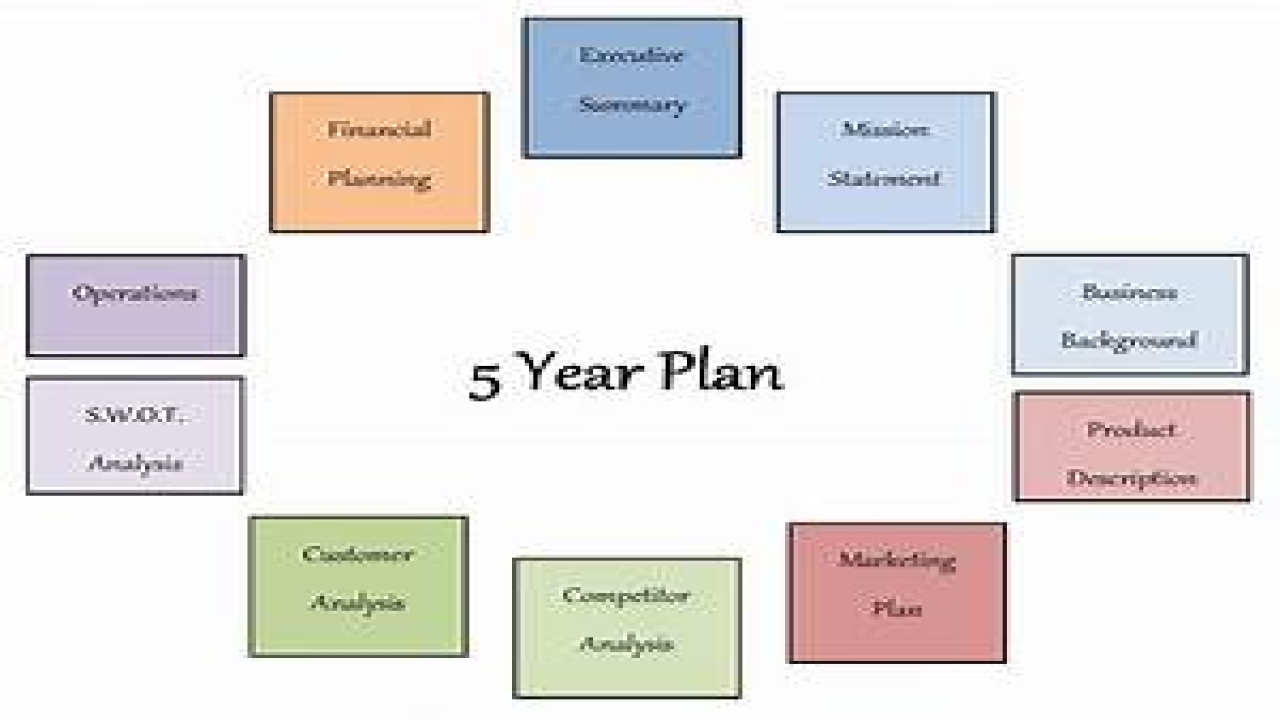Five Year Plans
The Five Year Plans in India were a series of social and economic development initiatives launched by the Indian government between 1951 and 2017. The plans aimed to promote rapid economic growth, reduce poverty, and improve the standard of living of the Indian population.
History of Five Year Plans
The Five Year Plans in India were introduced after India gained independence in 1947, with the first plan being launched in 1951. The plans were based on the Soviet model of economic planning and focused on the development of agriculture and industry, social welfare, and infrastructure development. Over the years, the plans evolved to incorporate new objectives such as poverty reduction, employment generation, and environmental sustainability. The Five Year Plans were replaced by the Niti Aayog’s three-year action plans in 2017.
Types of Five Year Plans
The Five Year Plans in India can be classified into three types based on their objectives:
- Growth-oriented Plans: These plans focused on the rapid growth of the economy, particularly the development of industry and infrastructure.
- Poverty Reduction Plans: These plans focused on reducing poverty and improving the standard of living of the Indian population.
- Sectoral Plans: These plans focused on the development of specific sectors such as agriculture, education, and health.
Examples of Five Year Plans
Some examples of Five Year Plans implemented in India are:
- First Five Year Plan (1951-56): The first plan focused on agriculture, industry, and infrastructure development.
- Eighth Five Year Plan (1992-97): The eighth plan focused on poverty reduction, employment generation, and environmental sustainability.
- Eleventh Five Year Plan (2007-12): The eleventh plan focused on inclusive growth, particularly the development of education, health, and rural infrastructure.
Issues in Five Year Plans
Some of the major issues in implementing Five Year Plans in India are:
- Limited Implementation: Despite the preparation of several Five Year Plans, the implementation of these plans has been limited, leading to inadequate infrastructure and uncontrolled urbanization.
- Inadequate Financing: The implementation of Five Year Plans requires significant financial resources, and inadequate financing can lead to incomplete or ineffective implementation of the programme.
- Limited Coordination: The implementation of Five Year Plans requires coordination between different levels of government and with the private sector, and often there is limited coordination between these entities.
- Limited Focus on Environment: The Five Year Plans often focused on economic growth at the expense of environmental sustainability, leading to the depletion of natural resources and environmental degradation.


